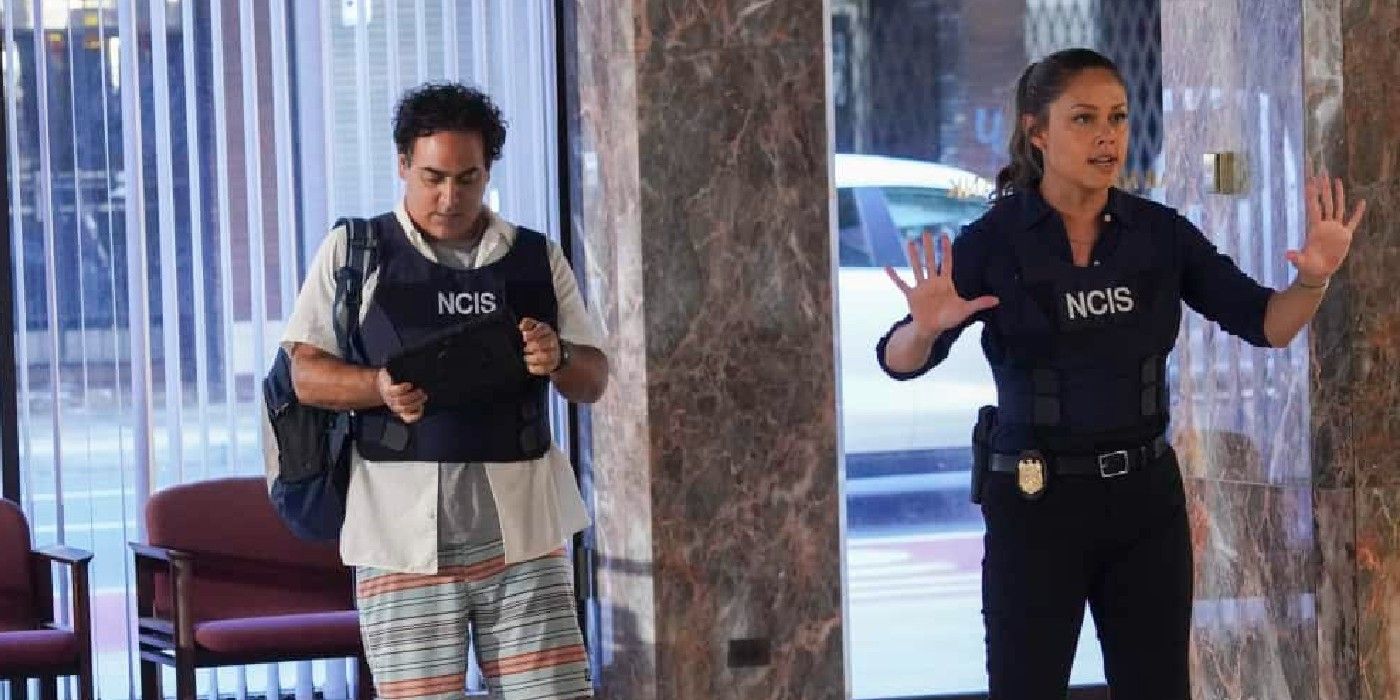
Over the past few years, the NCIS franchise has undergone a number of changes. The CBS higher-ups decided to cancel NCIS: New Orleans early in 2021, and in an adjoining move, they announced NCIS: Hawai’i for the following Fall. That was the same time that Mark Harmon decided to call it quits as Agent Gibbs. Flash-forward to the fall of 2022, and NCIS: Los Angeles was the victim of budget cuts.
With the cancellation of NCIS: Los Angeles, there was only NCIS and the newly-christened NCIS: Hawai’i. The flagship series has successfully reinvented itself since Gibbs’ departure, and there’s no question that NCIS: Hawai’i has been successful in its first two seasons. In fact, Hawai’i has done some things that NCIS never accomplished. However, the new series has also made a key departure from NCIS’ successful formula by writing Jane Tennant in story developments that don’t actually fit her higher-level position. Here’s why that makes for a baffling inconsistency in the NCISVerse.

Why SAC Jane Tennant Working Cases Doesn’t Make Sense
One of NCIS: Hawai’i’s biggest marketing points was having Jane Tennant as NCIS’ first female Special Agent in Charge (SAC). It was a cool idea, but unfortunately, that put the series in a bit of a predicament. While Tennant was still below Vance, her position as SAC meant that she was the highest-ranking person in the Pacific Rim. By definition, that should invariably be a desk job, just like Vance’s director job. However, the series has consistently depicted Tennant partaking in storylines that logically don’t fit her position.

NCIS has only had one other on-screen SAC in its history. In Season 5, Senior Special Agent Dwyane Pride handed his team over to Special Agent Hannah Khoury and became SAC of NCIS’ Southeastern operations. In-story, the Brass wanted Pride out of New Orleans, so they promoted him to the SAC job. Yet, the whole point of that story arc was that Pride didn’t fit behind a desk, so he eventually found a way to get back in the field. However, for some reason, Tennant hasn’t had the same issues with the SAC position. It seems like she simply decides to make herself a part of actively investigating cases, which makes things a bit unrealistic.
How SAC Jane Tennant Has Been Exceeding Her Position
Unlike Pride and Vance, Tennant gets involved in cases pretty often, and it started early in the series. Season 1, Episode 2, “Boom” had Tennant trying to talk down a bank robber, who was wearing a suicide vest. Another particularly bad example came in Season 2, Episode 12, “Rising Sun.” The episode depicted Tennant arriving first at the scene when an angry brother decided to end a Japanese peace meeting with a .50 caliber machine gun. While far from the only examples, they’re still some of the best examples of Tennant leaving her desk to take part in particularly dangerous missions.

The second half of Season 2 still has Tennant actively taking part in investigations, but in some instances, the premise has slightly changed. For example, Season 2, Episode 18, “Bread Crumbs” had Tennant go on a prisoner transport. Similarly, Season 2, Episode 21, “Past Due” had her go out of the country to investigate an old CIA bank account. Both instances were personal matters to Tennant, rather than official NCIS business. While she still probably shouldn’t have been in the field, it makes more sense why she got involved in those particular instances.
Given the role Tennant ends up occupying in NCIS: Hawai’i, it probably would’ve made more sense for her to obtain the title of Supervisory Special Agent (SSA) like Gibbs and Parker. That way, she could have been a part of things more often without having to jump hurdles to be involved. However, the series wanted her to have the highest rank possible for marketing purposes so that she could pull rank when needed. While none of this may really matter in the grand scheme of things due to the fictional nature of the show, it does make for an odd inconsistency with the rest of the NCIS series.
